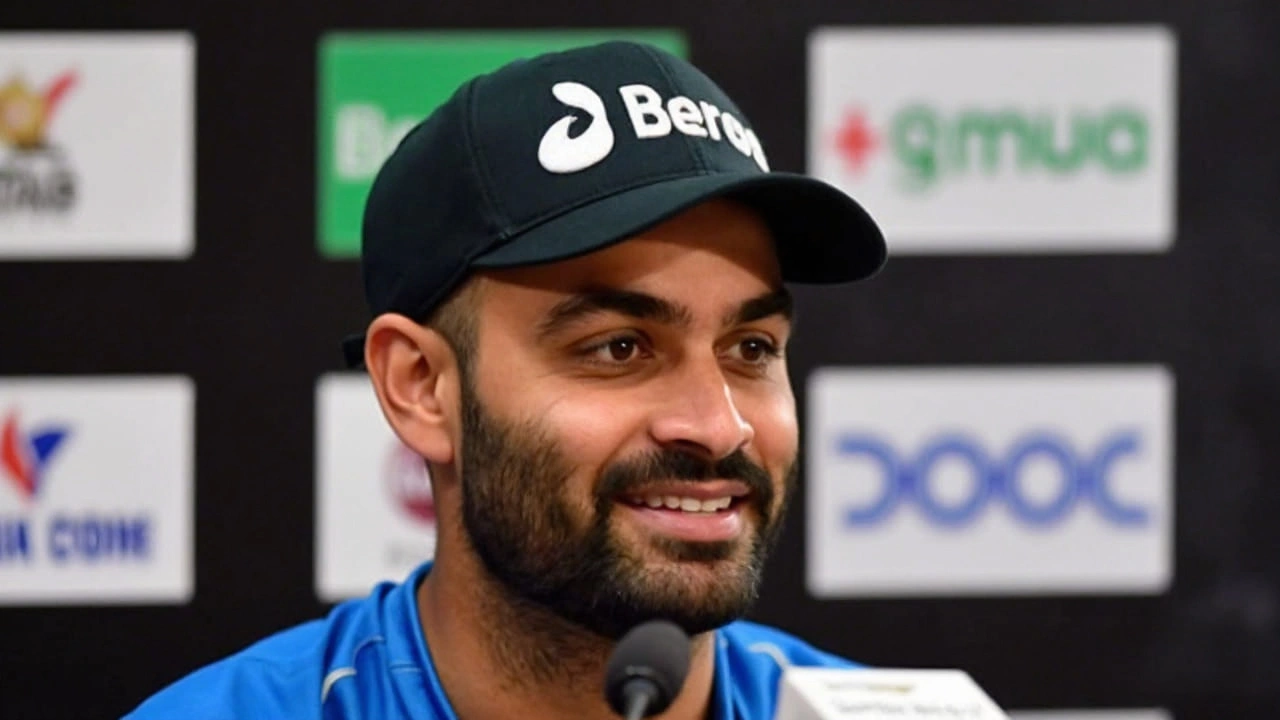ODI Run‑Scorer: Stats, Records and How They Shape Cricket
When talking about ODI run‑scorer, a player who accumulates runs in One Day International cricket matches. Also known as ODI batsman, it reflects a blend of skill, stamina and match awareness. In this guide we explore what makes a great ODI run‑scorer. The term sits inside the broader world of One Day International (ODI), the 50‑over format that balances aggression and strategy. Understanding a run‑scorer starts with the numbers that matter: runs, averages, strike rates and centuries. Those figures don’t exist in a vacuum – they feed into the ICC ODI rankings, the official hierarchy that ranks players based on recent performances. A higher ranking usually means a player consistently hits the mark across different pitches and opponents.
Key Metrics Every ODI Run‑Scorer Tracks
The most talked‑about metric is the batting average, the total runs divided by times dismissed. A big average signals reliability; it’s the backbone of any great run‑scorer’s résumé. Next up is the strike rate, which measures how quickly runs are scored per 100 balls faced. A high strike rate shows a player can accelerate when the team needs quick runs. Then there are centuries – scoring 100+ runs in a single innings. Not only do centuries boost a player’s confidence, they often swing the match in their team’s favor. When these stats line up, they create a solid case for climbing the ICC rankings.
Another important piece is consistency across innings and venues. A run‑scorer who scores heavily at home but fizzles abroad will see a dip in their ranking. This is why analysts look at performance splits – how many runs scored in sub‑continental conditions versus English or South African pitches. Consistency also ties into the concept of “runs per match”, a simple average that captures a player’s overall impact on the tournament. Players who keep that number high tend to be the ones teams rely on in crunch situations, like chasing a target or building a solid platform after early wickets.
Beyond raw numbers, context matters. The quality of opposition, the pressure of a chase, and the stage of the tournament all affect how a run‑scorer’s performance is judged. For example, a 75‑run knock on a flat pitch against a weak bowling attack isn’t weighted the same as a gritty 50 on a bowler‑friendly track against a top side. That’s why the ICC’s ranking algorithm includes a ‘match importance’ factor. It rewards runs scored in World Cups or knockout games more than those in low‑stakes bilateral series. This nuance helps separate mere run‑accumulators from true match‑winners.
Putting it all together, an ODI run‑scorer is defined by a mix of volume (total runs), efficiency (average and strike rate), big‑game temperament (centuries and performance under pressure), and adaptability (consistency across conditions). The interplay of these attributes feeds directly into rankings, selection decisions, and fan discussions. Below you’ll find the latest stories and analyses covering these topics, from record‑breaking innings to the latest ranking shake‑ups.
